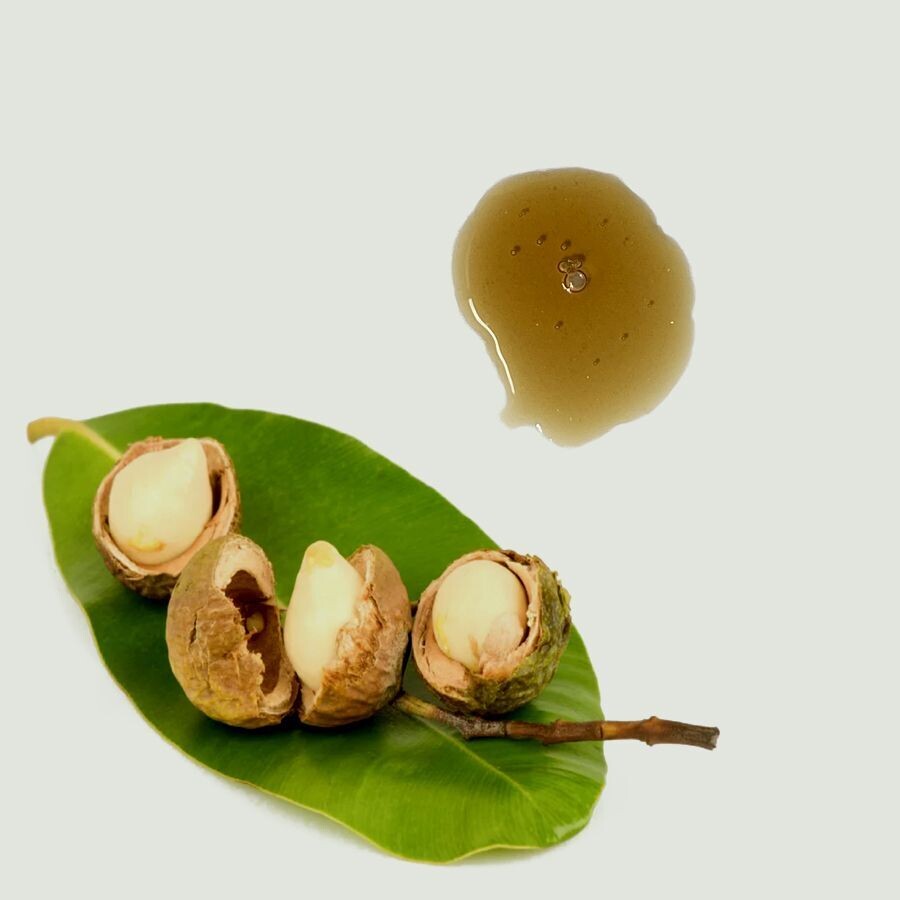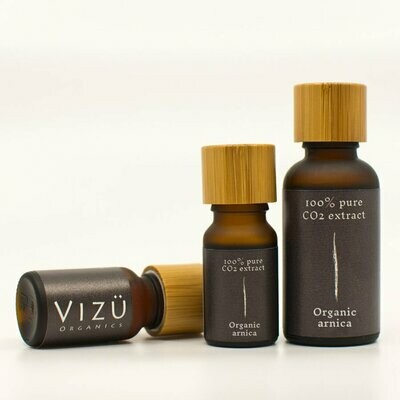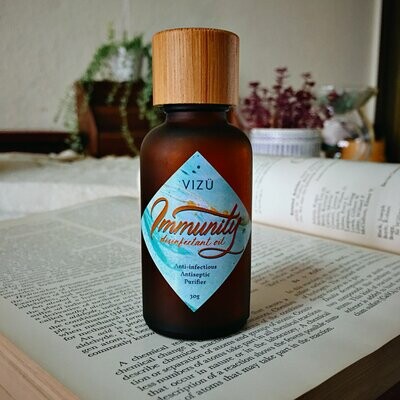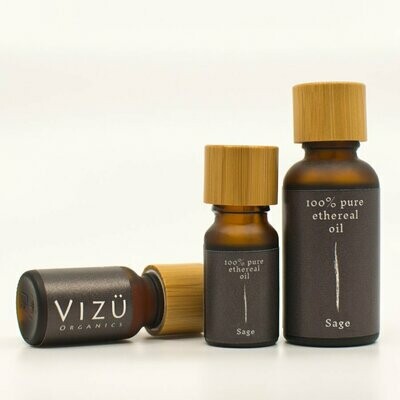Organic tamanu nut oil, coldpressed virgin
Ingredient: Calophyllum inophyllum nut oil
Benefits and uses:
- Recommended to blend with other oils (eg. jojoba, rosehip, grapeseed etc) if tamanu oil's texture feels too thick for your skin.
- Excellent carrier oil for essential oils as tamanu is able to penetrate deep into layers of skin.
- Excellent for dermatitis conditions, cracked dry skin and infected wounds.
- Can be used as a base in soap making and in pain-relief massage oils.
Scattered throughout the tropical areas of the South Pacific and Indian oceans, there is a tree with the botanical name of Calophyllum inophyllum. A unique oil, pressed from the dried nuts of the tree, has long been used in traditional medicine. Now, this tree can be found in many South-East Asian countries too.
- Muscular & joint complaints, eg rheumatism, sciatica, bone injuries and neuritis.
- Anti‑neuralgic, eg relieving the pain of sciatica, shingles, neuralgia and leprous neuritis
- Wound healing anti-infectious & anti-inflammatory, eg infected wounds, minor wounds, chapped & cracked skin, acne, eczema, psoriasis, ulcers and slow-healing wounds in general, anal fissures, post-surgical wounds, wounds to mucous membranes, including gingivitis, gastric & duodenal ulcers and burns caused by boiling water, chemicals UV exposure (sunburn), and radiotherapy treatments.
- Circulatory complaints, eg good toning agent for veins and capillaries, being of use for minor varicose veins, haemorrhoids, spider veins, couperose, bruises.
Did you know?
In the late 1920s, Sister Marie-Suzanne, a nun in the Society of Mary stationed in Fiji, became aware of a local topical aid for neuritis known locally as dolno (local name of tamanu oil). The nun began to administer tamanu oil topically to leprosy victims for the relief of neuritis associated with that disease, with apparent positive results. Her reports of success with this treatment attracted the interest of scientists in France.
Herbal Folk Tradition







